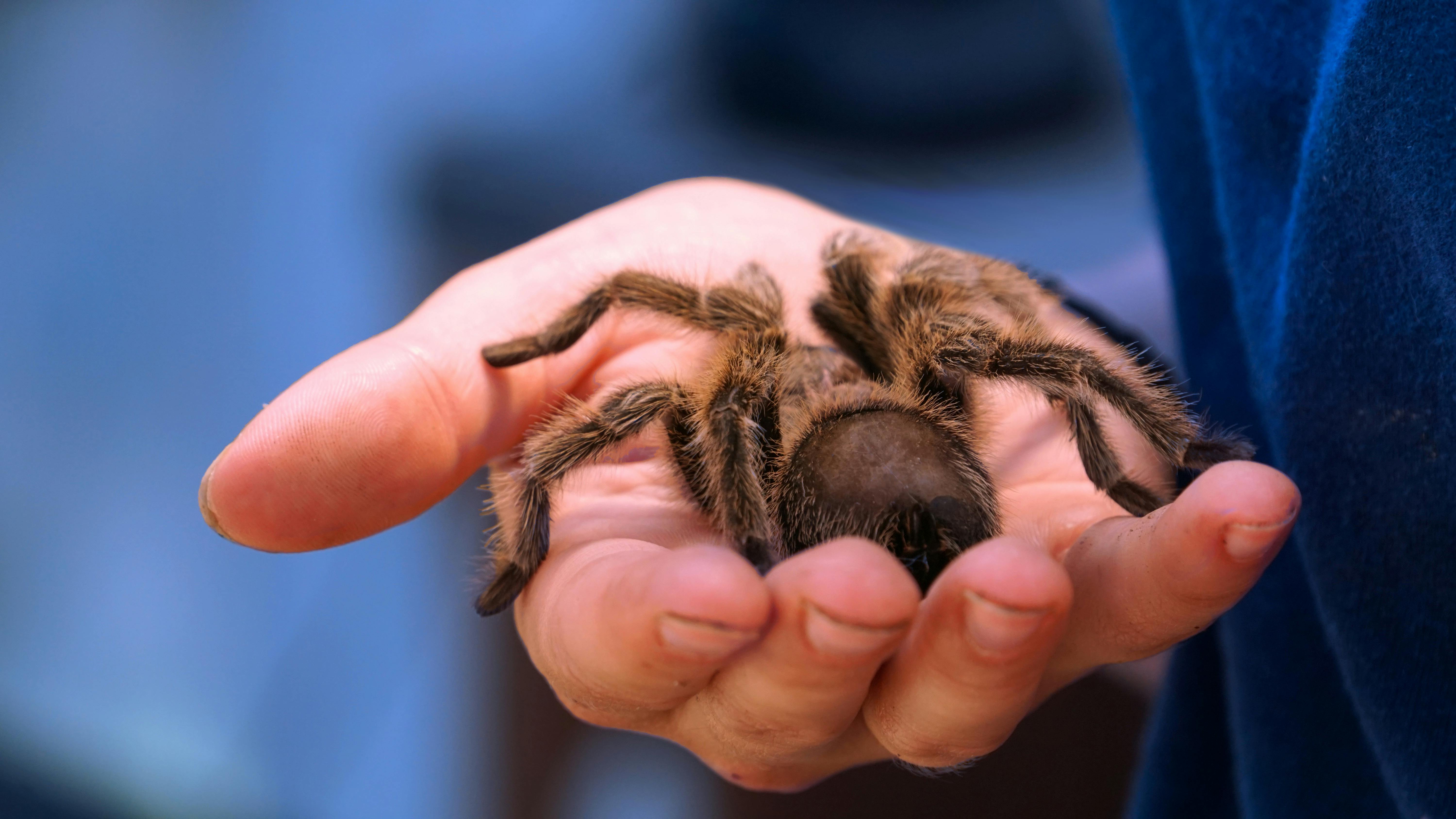Unraveling the Intricate Web of Spider Pet Care
The world of pets is vast, and it extends far beyond the familiar realms of cats, dogs, or even birds. Enter the intriguing realm of arachnid ownership. With their unique needs and behaviors, spiders make fascinating pets for the right owner. This article delves into the unique aspects of spider pet care, exploring the necessary conditions for their survival and the intricate details involved in ensuring their well-being.

Introduction
Within the confines of an intricately woven silk web lies a world that few pet owners dare to navigate. The world of spider pet care is as fascinating as it is complex, offering a unique pet experience that is both challenging and rewarding.
A Historical Perspective on Spider Pet Care
The practice of keeping spiders as pets is not a modern concept. In fact, historical records reveal that spider pet care has been a part of human culture for centuries. In ancient Greece, spiders were kept for their supposed ability to predict the future, while in Japan, spider fighting was a popular pastime during the Edo period. Today, the focus has shifted towards creating a nurturing environment for these creatures, emphasizing their well-being and natural behavior.
The Current Trends in Spider Pet Care
In recent years, the pet spider industry has seen a significant shift towards ethical and sustainable practices. Increasingly, potential spider owners are encouraged to adopt captive-bred specimens rather than wild-caught ones to reduce the pressure on wild populations. The market for spider-friendly habitats, which replicate their natural environments, has also grown, with prices ranging from $30 to a few hundred dollars depending on size and complexity.
Understanding Your Eight-Legged Friend
Spiders, like all animals, have specific care requirements that need to be met for their survival. These include appropriate temperature and humidity levels, a suitable diet, and an environment that mimics their natural habitat. Tarantulas, for example, require a diet of live insects and a substrate that allows them to burrow. Owners also need to understand their pet’s molting process, a crucial period during which the spider sheds its old exoskeleton to grow.
The Impact of Spider Pet Care on Conservation Efforts
While the pet spider industry has had some negative impacts on wild populations, it also plays a role in conservation. Keeping spiders as pets can foster an appreciation for these often-misunderstood creatures, promoting their protection in the wild. Moreover, captive breeding programs can help sustain populations of endangered species, reducing the need for wild-caught specimens.
Conclusion
Spider pet care is a unique and intricate endeavor that offers pet owners a chance to delve into a world far removed from traditional pet keeping. It requires dedication, understanding, and a deep respect for the natural world. From understanding the historical context to keeping abreast of the latest trends, it’s a journey that promises to be as fascinating as the creatures it revolves around.
The world of spider pet care is a testament to the diverse and fascinating ways in which humans interact with the animal kingdom. It serves as a reminder that our duty as pet owners extends beyond providing food and shelter—it’s about understanding, respecting, and nurturing the intricate web of life that our pets are a part of.




